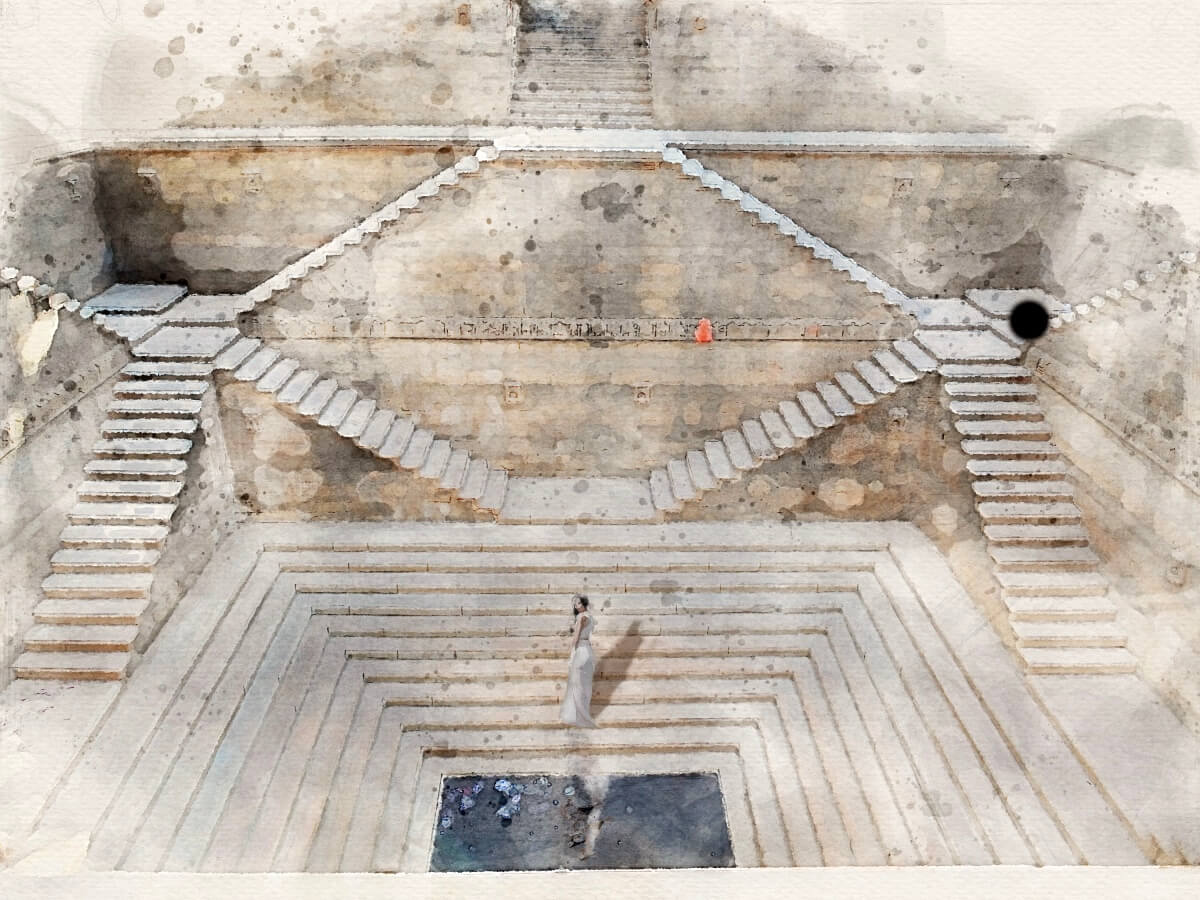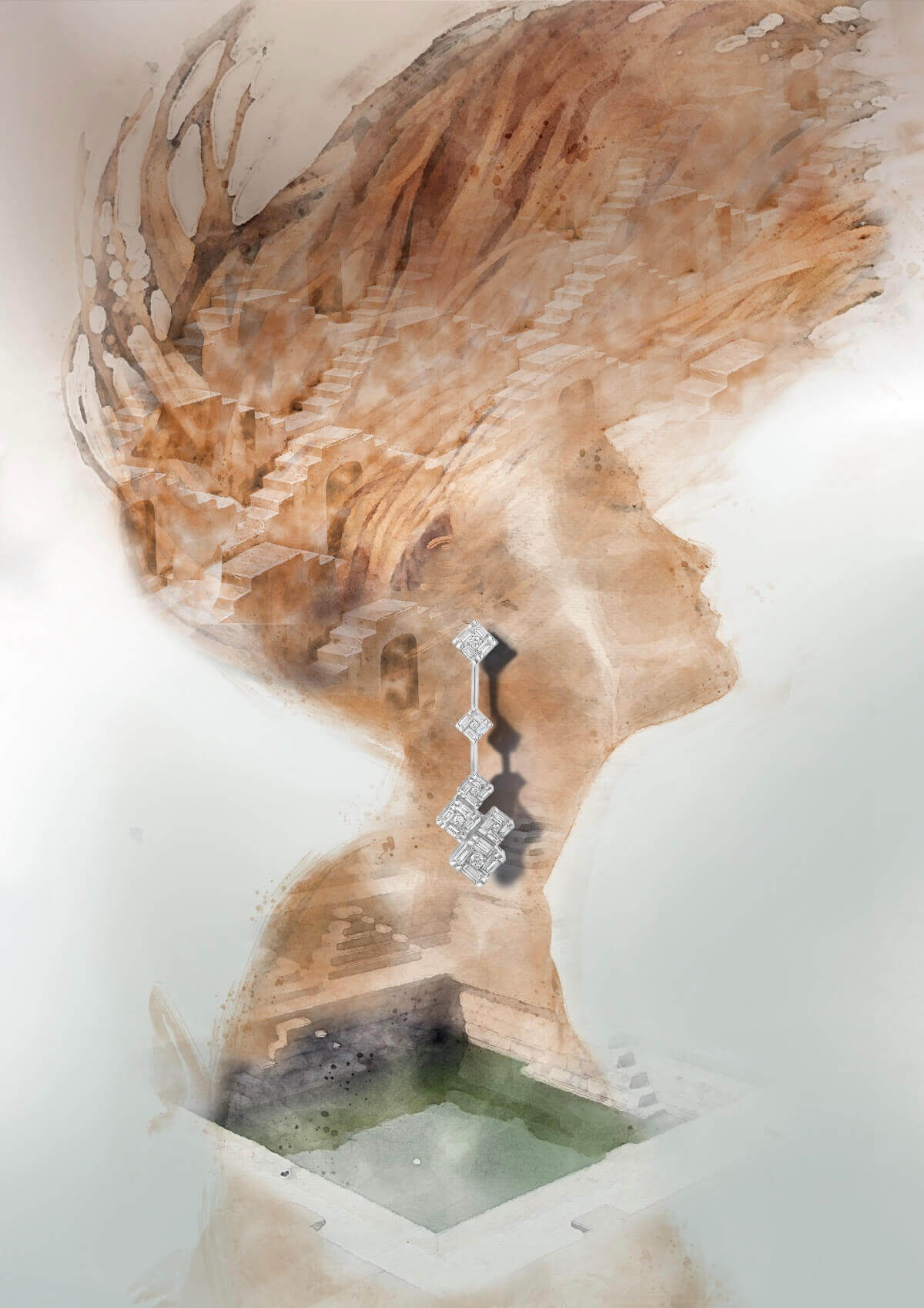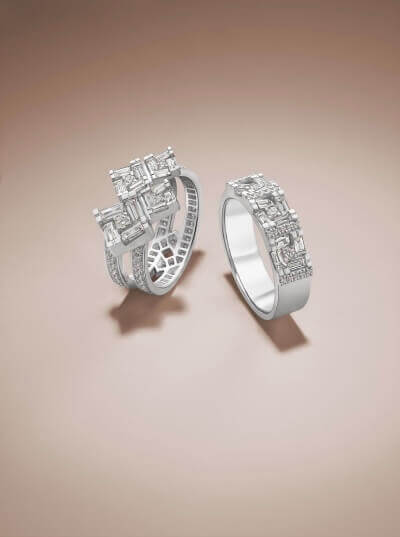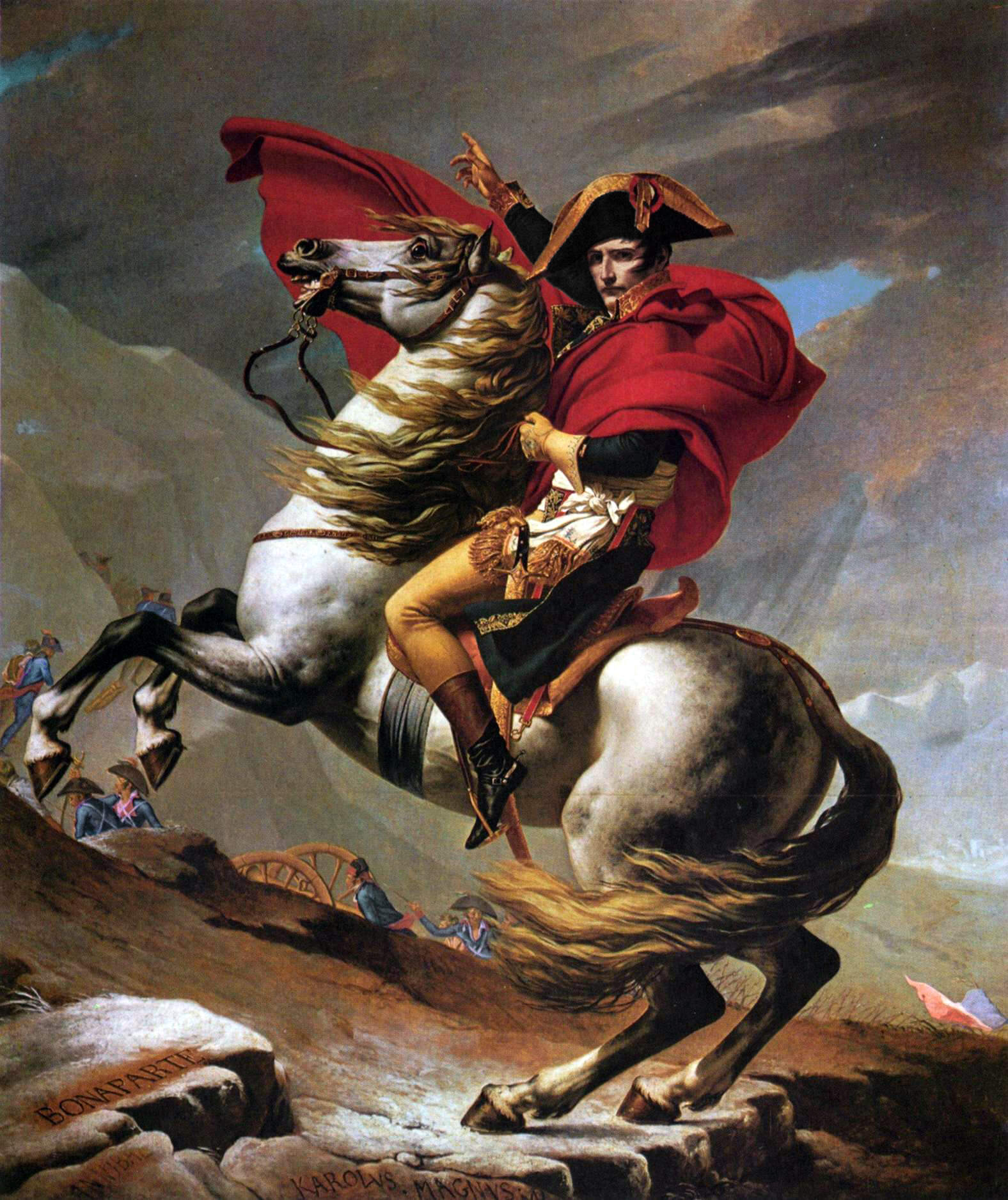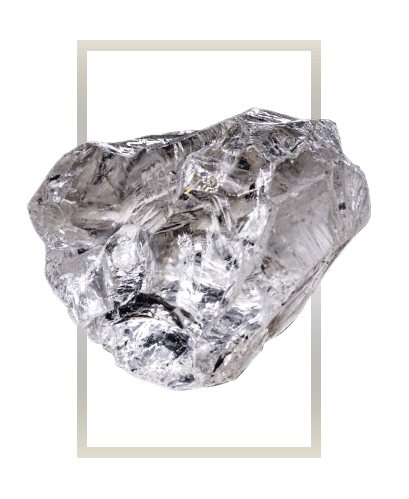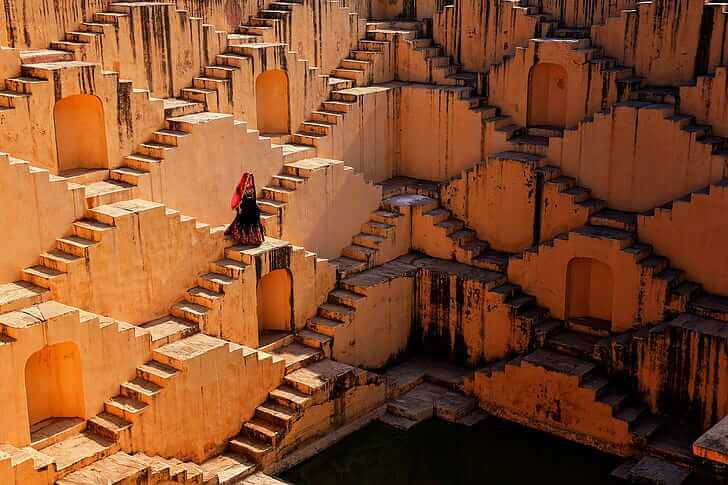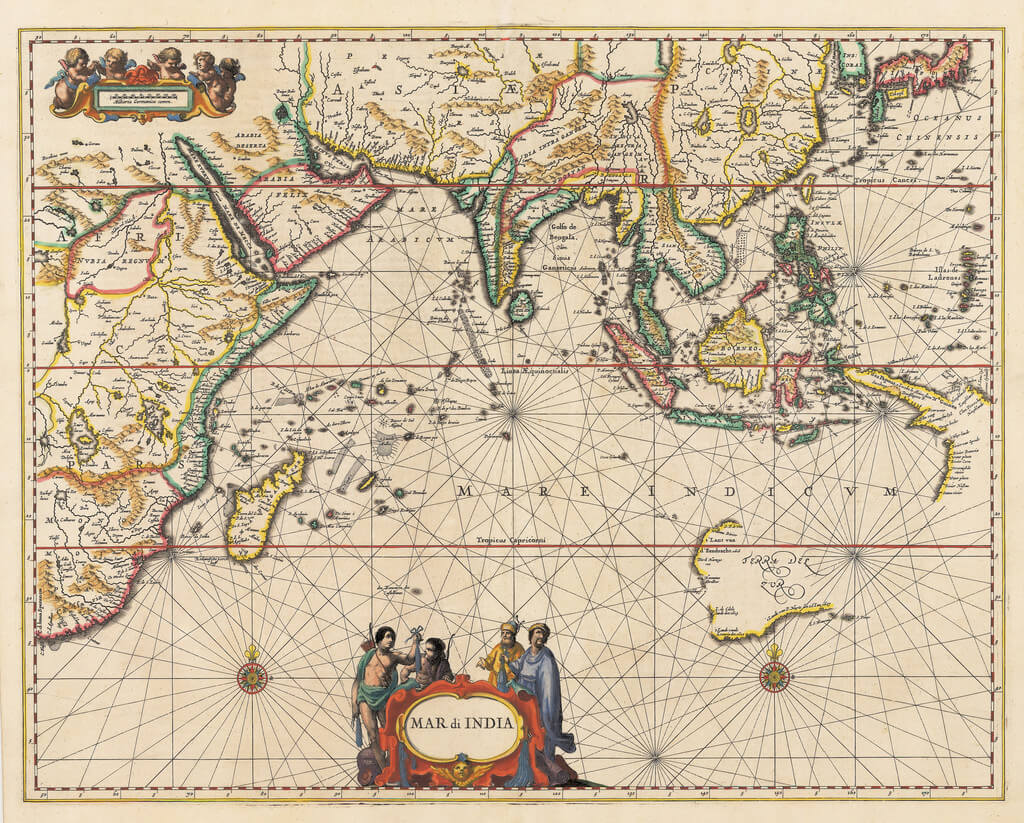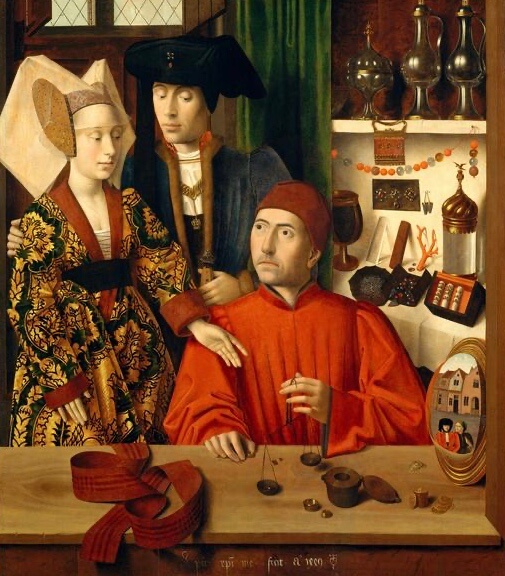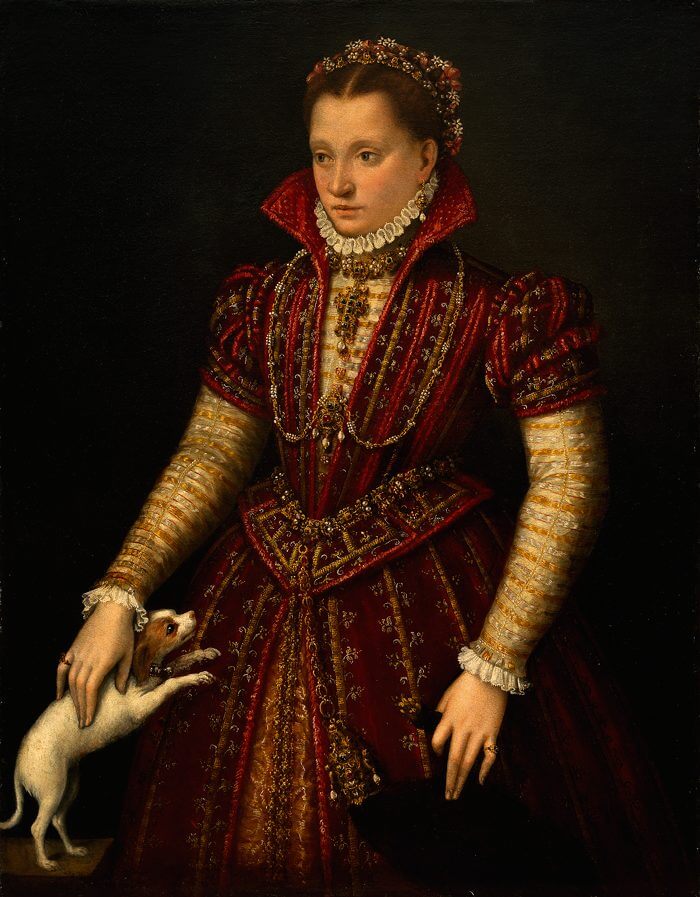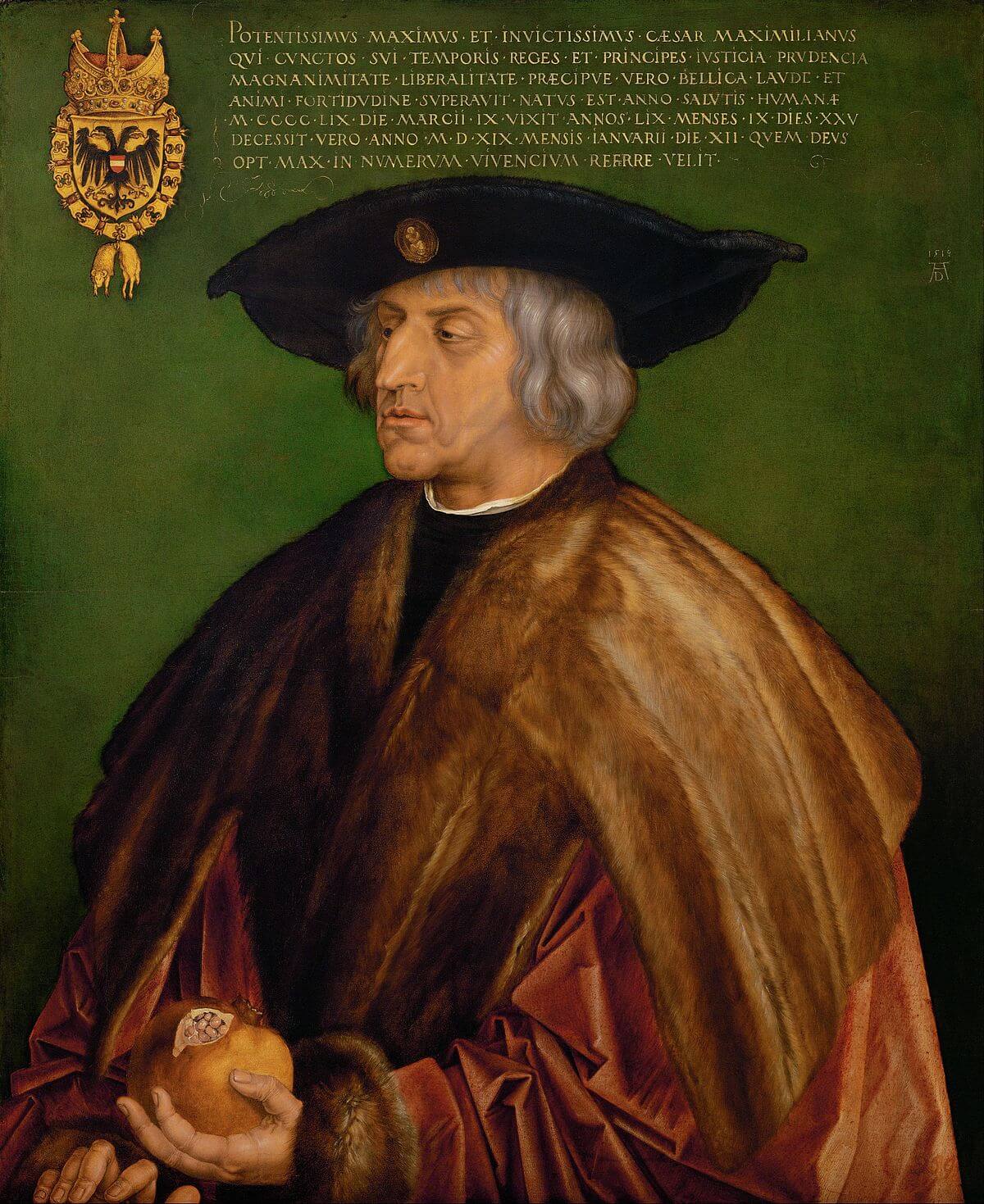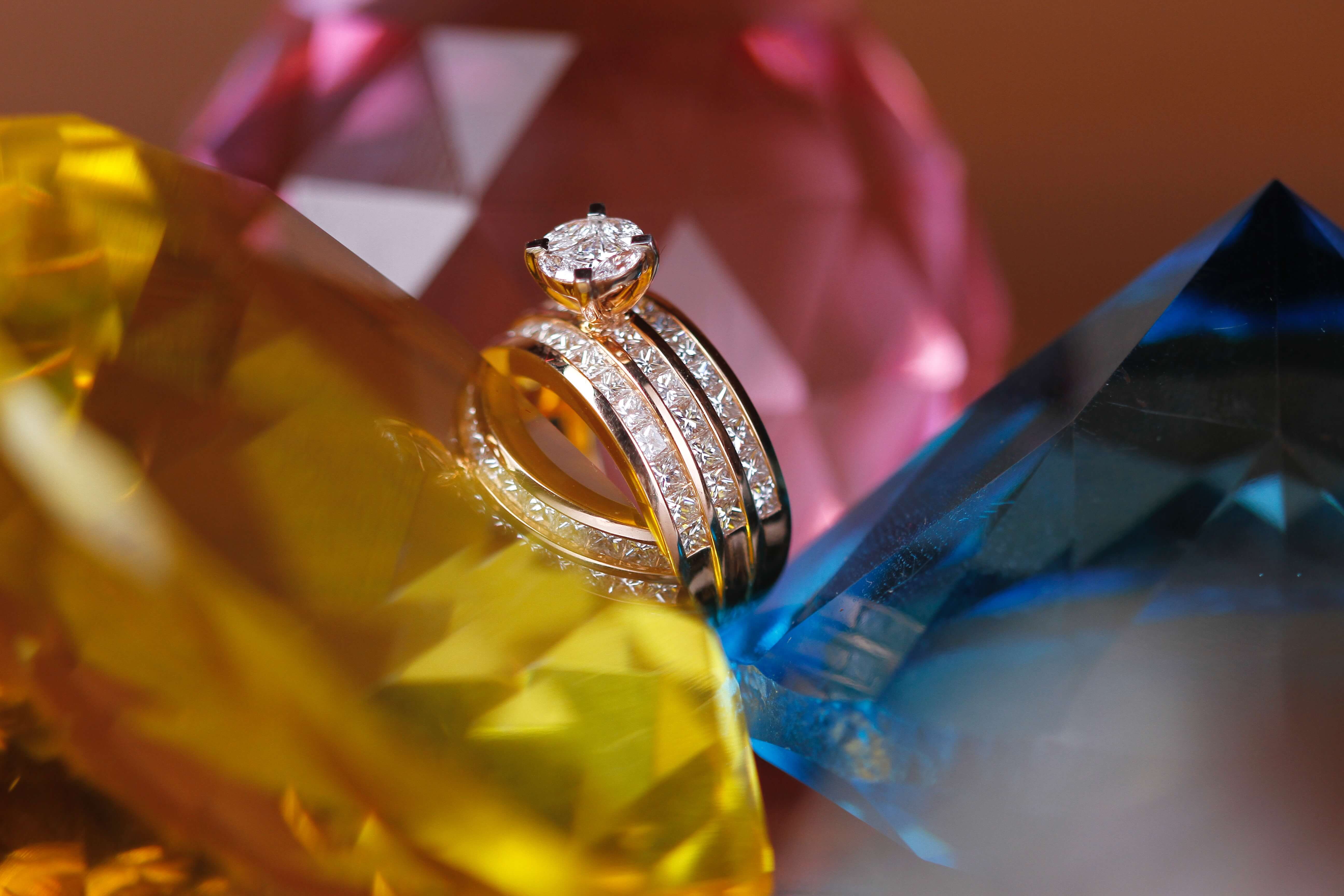As unfettered as the forest is she.
For she’s the rain that falls fiercely,
And wears her scars like figs to a tree.
Dauntless,
She’ll tower up to the sky
And like the roots,
Stand the ravages of time.
Now the world sings
Whispers of her valor
of how she adorns her inner power.


Rooted by Zoya is an exquisite line-up of over 45 bejewelled pieces for the modern sophisticate. Seeking cues from the inner strength of the feminine spirit, and in keeping with Zoya’s deep commitment to fine design and impeccable craftsmanship, this collection is a paean to the world’s rainforests.
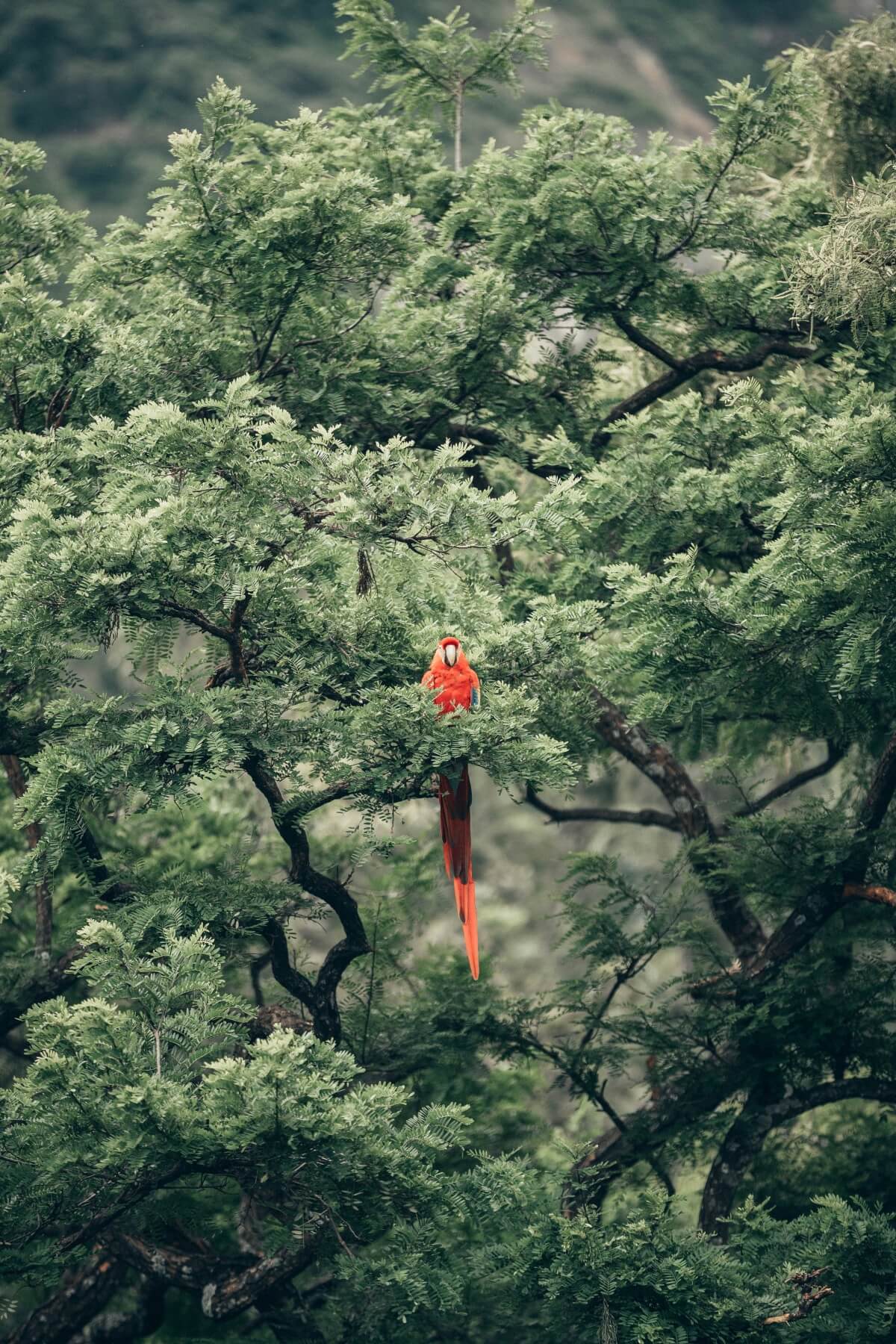

Defined by an organic leitmotif, Rooted is inspired by rainforests that have stood resilient and tall for 55 million years, their immense strength preserved in the face of climatic upheavals. These living biospheres serve as self-sufficient ecosystems. The rainforest mirrors the Zoya woman’s inner resilience. Her unwavering spirit.

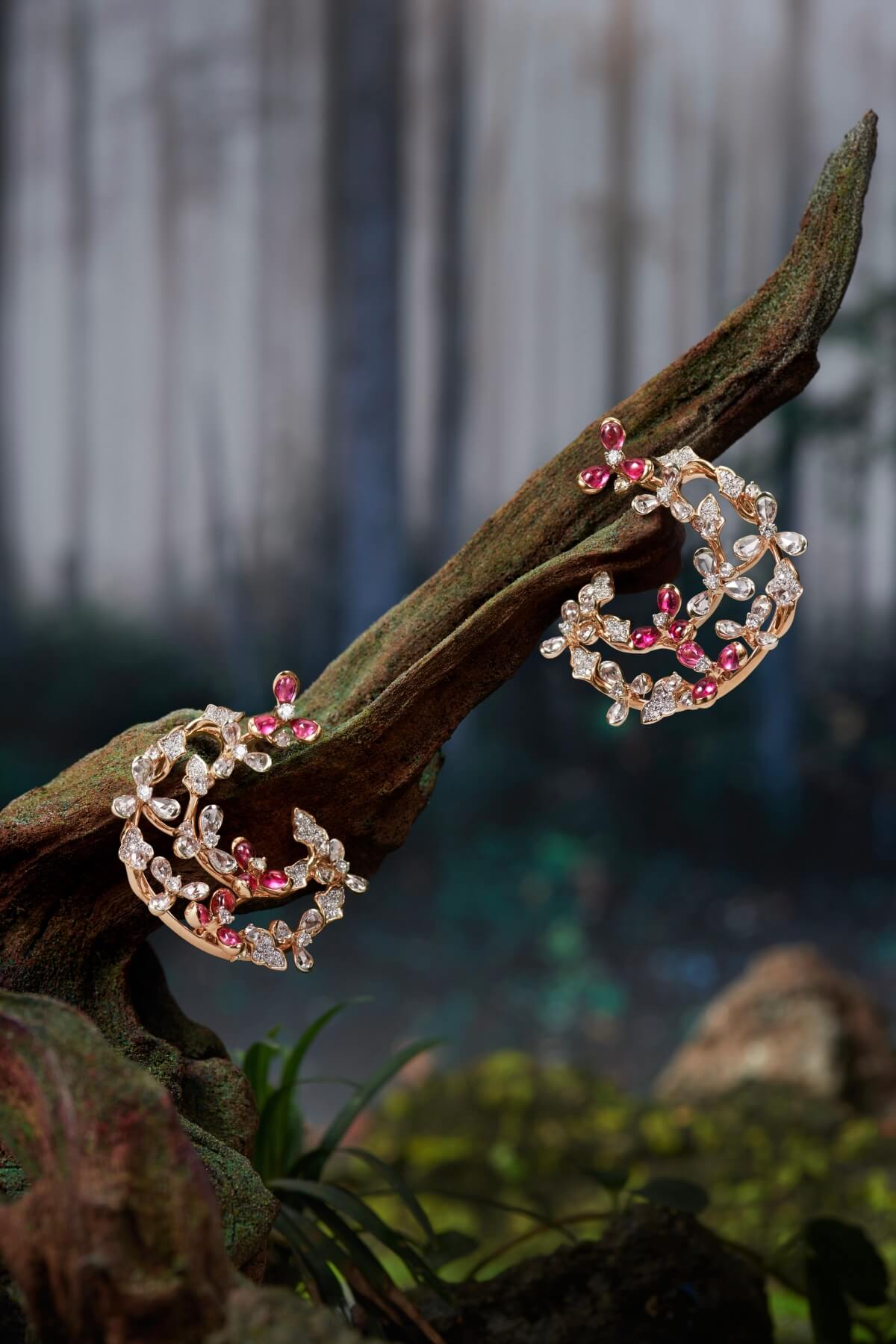
The motifs range from clusters of flowers, meticulously recreated to mirror the intricacy of the original, to exotic birds - their majestic plumage perched upon pendants and fluttering from earrings. To truly bring alive the bountiful rainforest, it stands to reason that colour plays an indispensable role in the collection. The gemstones traverse the entire spectrum, including emeralds, sapphires, tanzanites, tourmalines, pink opals, rose quartz, peridots, rock crystals, iolites, turquoises and chrysoprase.
 For more details click here
For more details click here
